The first Airbus A321neo aircraft assembled in China rolled off the assembly line in the northern Chinese city of Tianjin for delivery on March 24.
It was the first time for this aircraft model, which is in high demand in the world market, to be produced at a final assembly line in Asia.
From scratch to finish, the birth of an aircraft must go through numerous processes of production and needs the arduous and sophisticated labor of many people, and the A321neo is no exception.
AIRBUS' FIRST FINAL ASSEMBLY LINE OUTSIDE EUROPE
In September 2022, the first shipment of the main parts of A321neo aircraft arrived at Airbus' final assembly line in Tianjin, which is the European aircraft manufacturer's first final assembly line outside Europe.
In November, the A321neo model was officially put into production, which showed that the Tianjin final assembly line was capable of producing all models of Airbus' flagship A320 airliner series.
"The A321 is currently one of the most popular aircraft in the A320 family," said George Xu, CEO of Airbus China. "This is our latest step in China, showing our unwavering support for the Chinese market."
Headquartered in the southern French city of Toulouse, Airbus offers a variety of airliner models to its customers. The A321, with the cost of a narrow-body aircraft but the payload capacity comparable to a wide-body aircraft, has been in high demand in recent years.
Like other Airbus models, the parts of an A321neo aircraft, ranging from rivets to bolts, engines to seats, are manufactured by subcontractors around the globe.
Subsidiaries of the Aviation Industry Corporation of China (AVIC) in Chengdu, Shenyang, Xi'an and Harbin are suppliers of many components of the nose, the wings, the tail and the doors of the A320 airliner series.
Once the manufacture of all the parts is completed, they will be transported to various Airbus factories for assembly: the French plant in Saint-Nazaire is responsible for assembling the nose of the aircraft and the forward fuselage; the central wing box will be assembled in Nantes; engine mounts in Toulouse; the central and rear parts of the fuselage in Hamburg, Germany; the vertical and horizontal empennage in the German city of Stade and the Spanish city of Getafe, respectively.
These large segments will then be shipped to Tianjin, where they will finally be assembled with wings mounted by an AVIC subsidiary in Tianjin.
FRUITFUL COOPERATION
Cooperation between China and Airbus dates back to the 1980s. In 1985, an A310 was first delivered to China Eastern Airlines. In 1994, Airbus China was established and a representative office was opened in Beijing.
By the end of 2022, more than 2,100 Airbus aircraft had been in service in the Chinese mainland. Airbus' annual delivery of civilian aircraft to the Chinese market accounts for some one-fifth of its global total.
After nearly 40 years of cooperation, Airbus' industrial landscape in China has been gradually laid out, with an engineering technology center being installed in Beijing, a final assembly line in Tianjin, a composite materials production center in Harbin, an aircraft life cycle management center in Chengdu, a research and development center in Suzhou, and an innovation center in Shenzhen.
China not only offers Airbus broad market opportunities, but also stable and reliable industrial supply chains, hence becoming an indispensable strategic partner of cooperation for the company.
GREAT POTENTIAL
Over the past three years, the global aviation industry, like many industries, has been severely impacted by the COVID-19 pandemic. "But the Chinese market has shown remarkable resilience," Xu said.
This resilience stems not only from the huge Chinese market thanks to its large population, mature infrastructure and supply chains, and high-quality workforce developed over the years, but also from the security and stability of the Chinese society and the predictability of its policies.
According to a plan issued by the Chinese authorities on the development of the country's civil aviation industry during the 14th Five-Year Plan period (2021-2025), the civil aviation sector is expected to handle 930 million passenger trips and 9.5 million tons of cargo and parcels annually by 2025.
In addition, countries and regions linked to China via flight routes will exceed 70 by 2025, with more than 50 of them being partners under the Belt and Road Initiative, according to the plan.
Moreover, in the context of the transformation and modernization of the global aviation industry, China's adherence to the concept of green development also well matches Airbus' objectives.
The European aircraft manufacturer plans to launch its first generation of hydrogen-powered zero-emission aircraft in 2035, said Michel Tran Van, COO of Airbus China.
Airbus hopes to cooperate with partners in China's industrial chains on hydrogen energy and sustainable aviation fuel, he said.








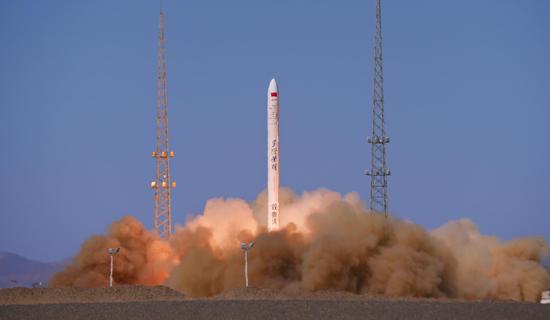

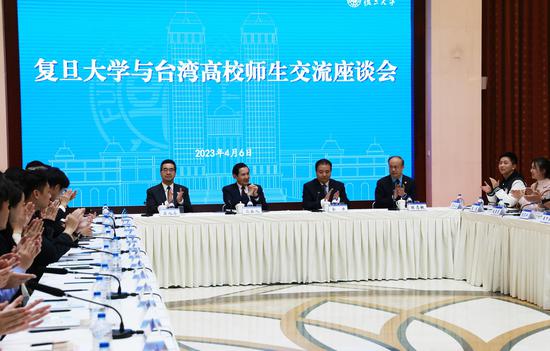
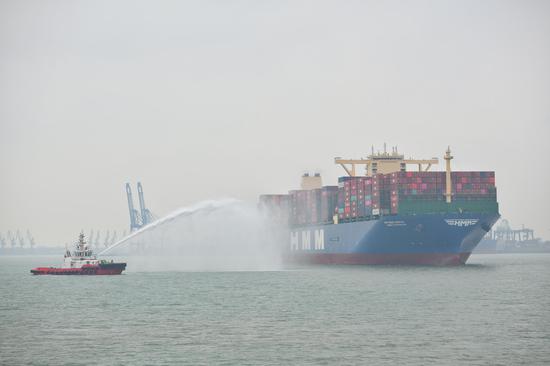

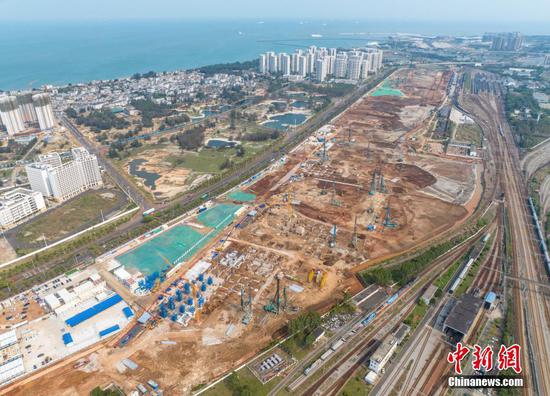
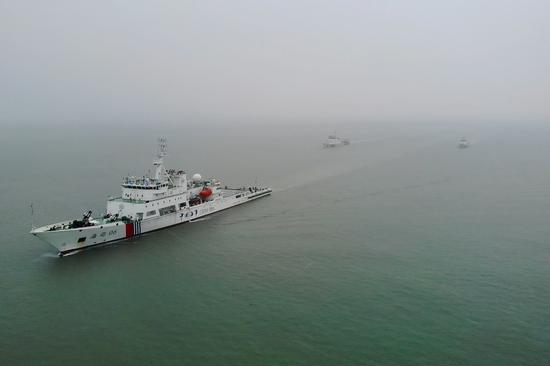
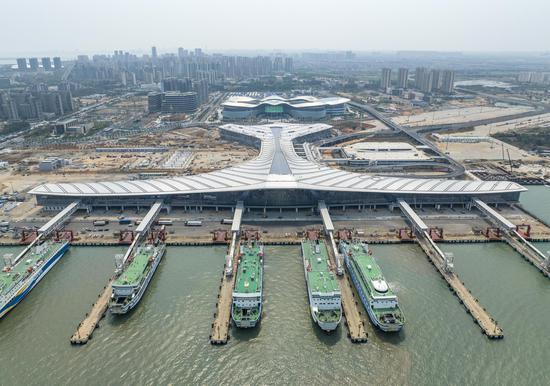
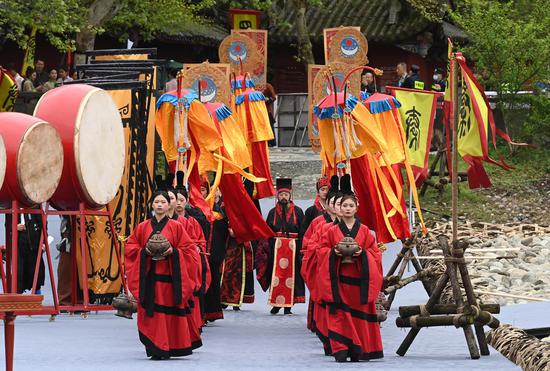


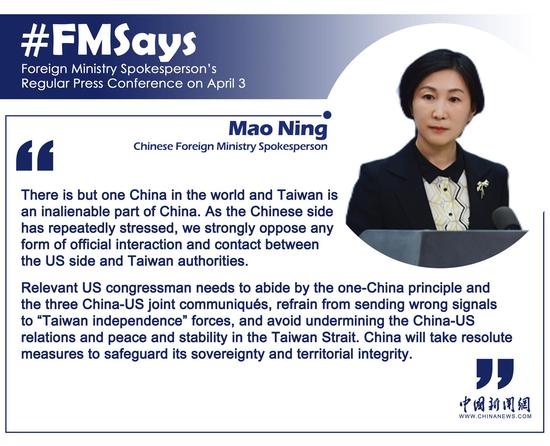



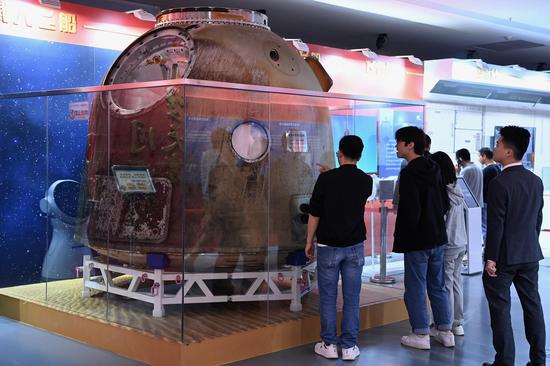




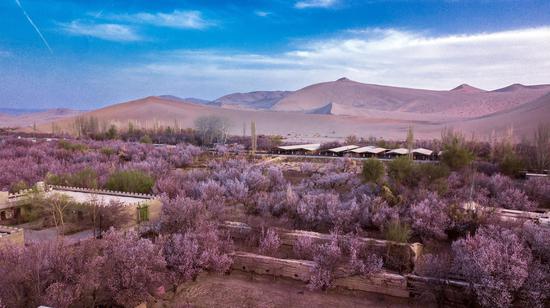
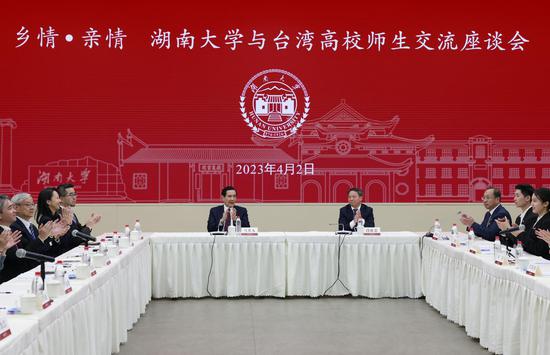

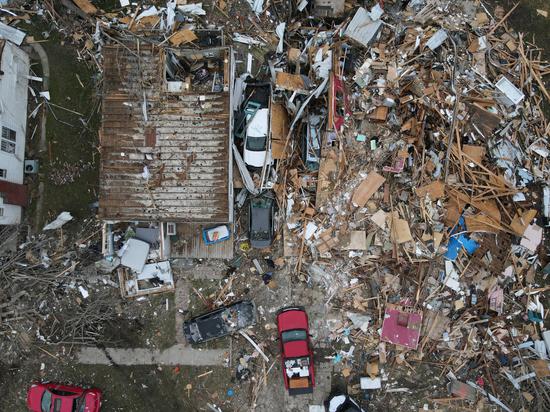
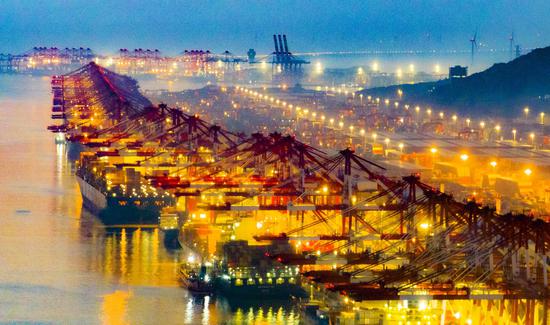

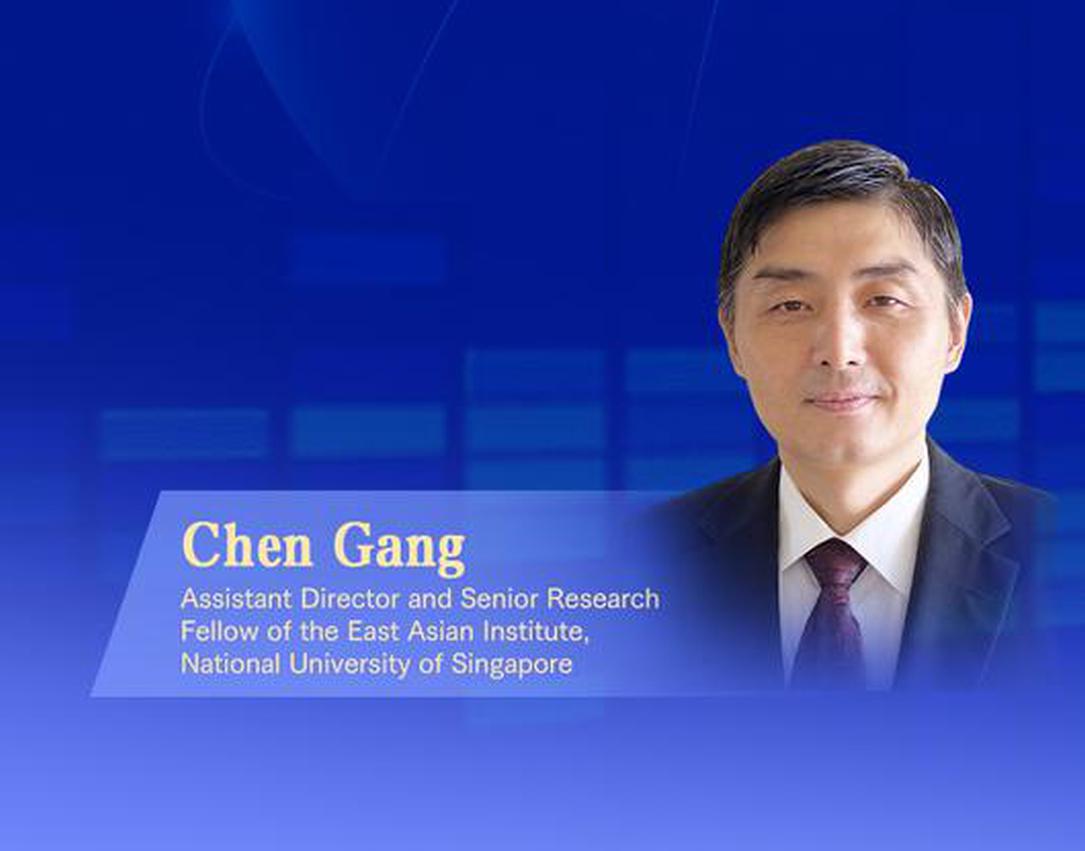





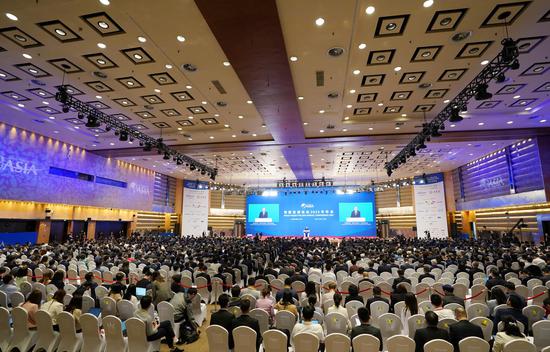
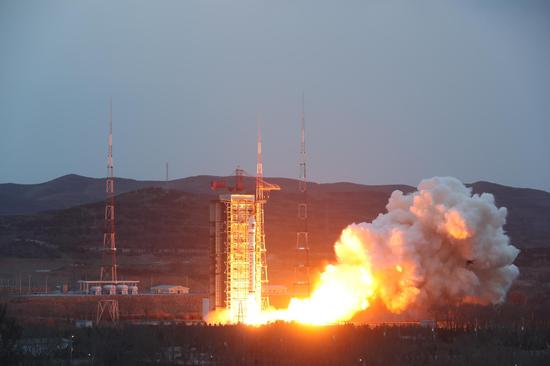
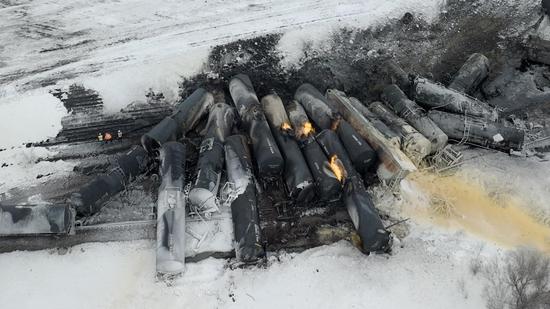
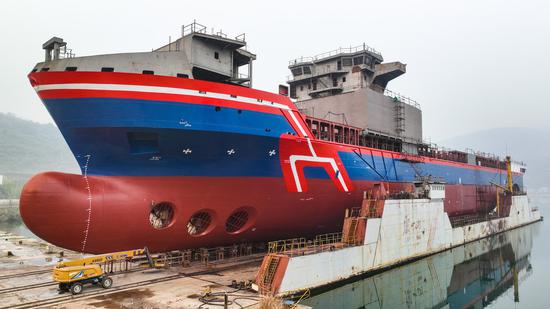


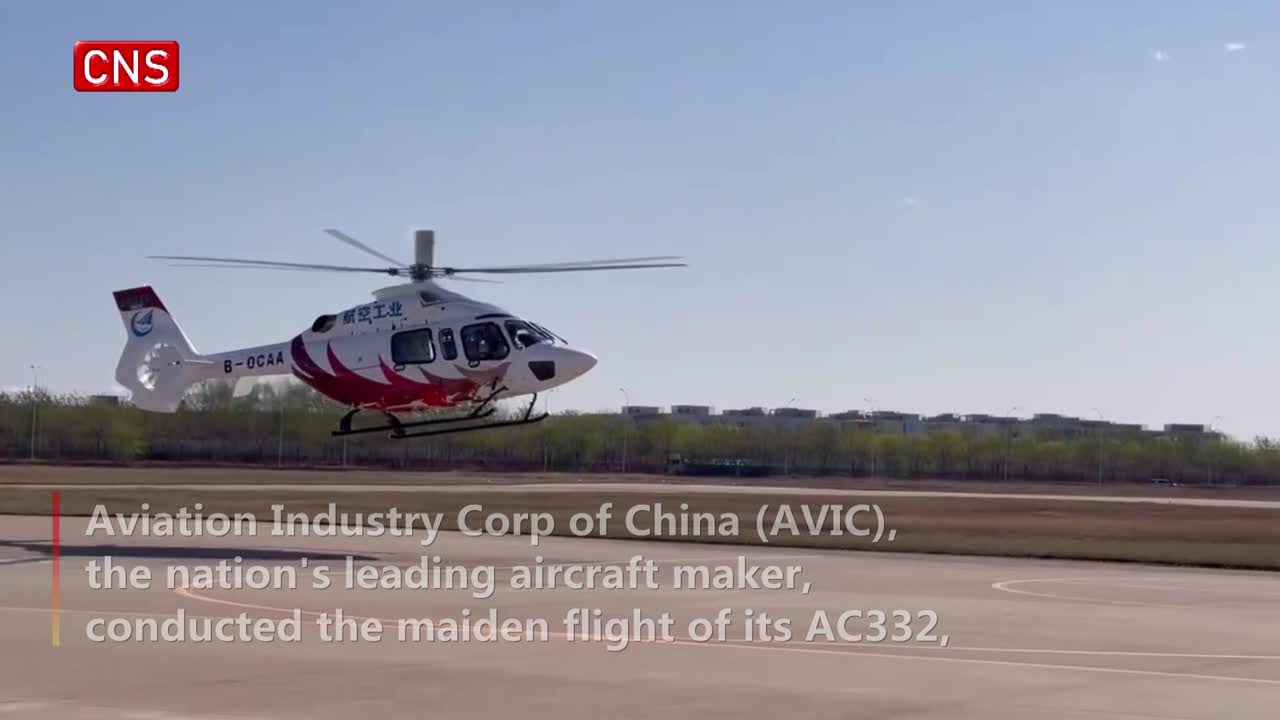



 京公网安备 11010202009201号
京公网安备 11010202009201号